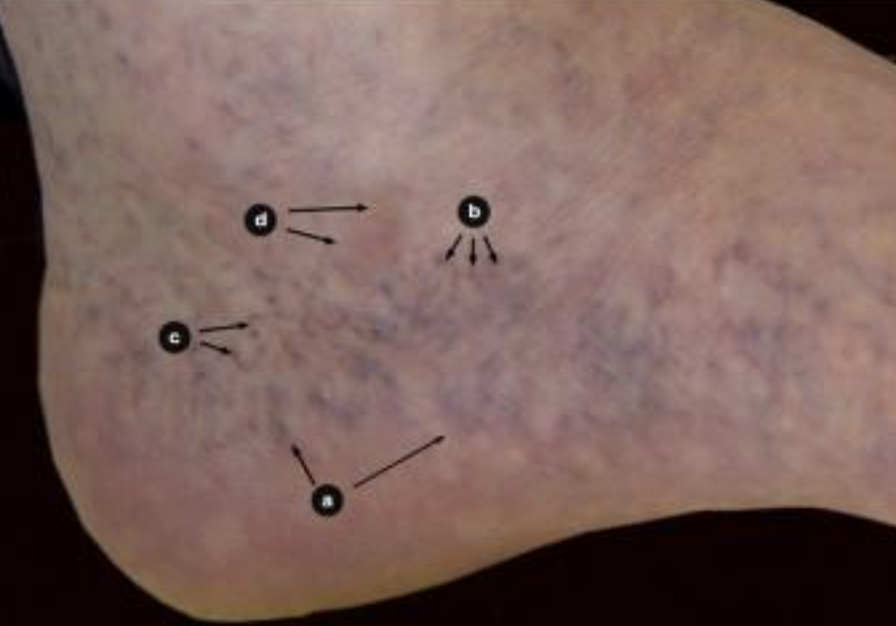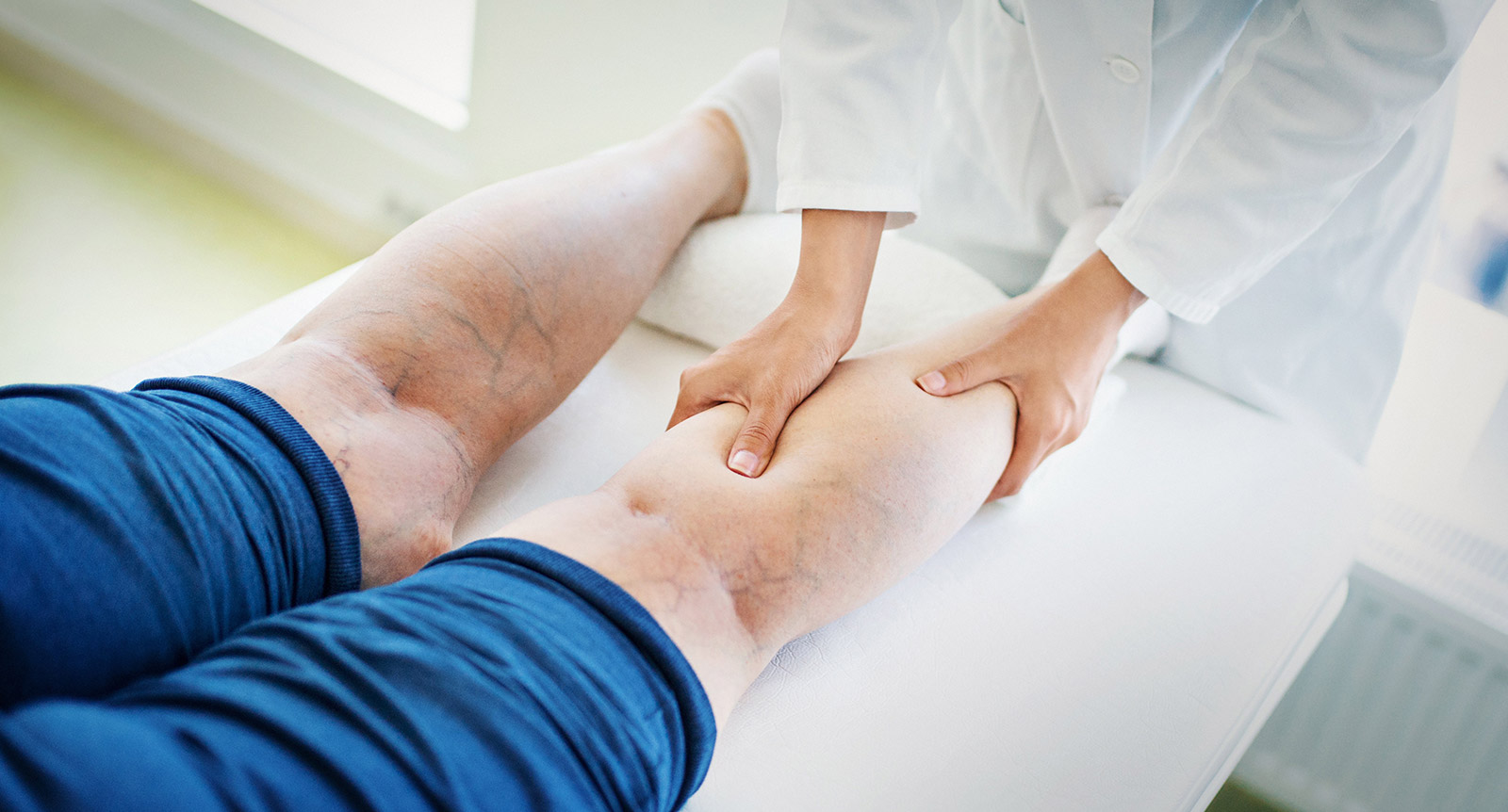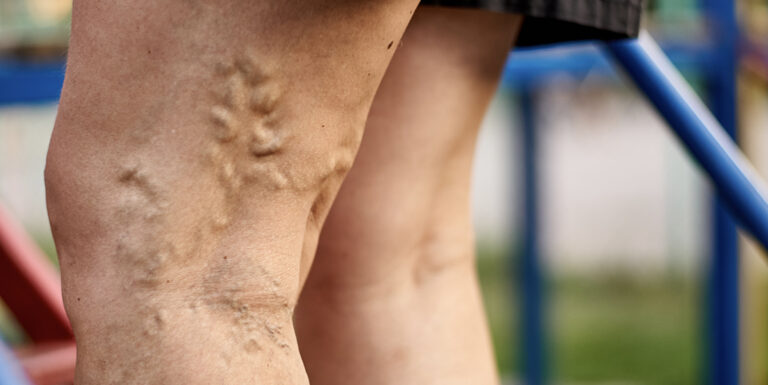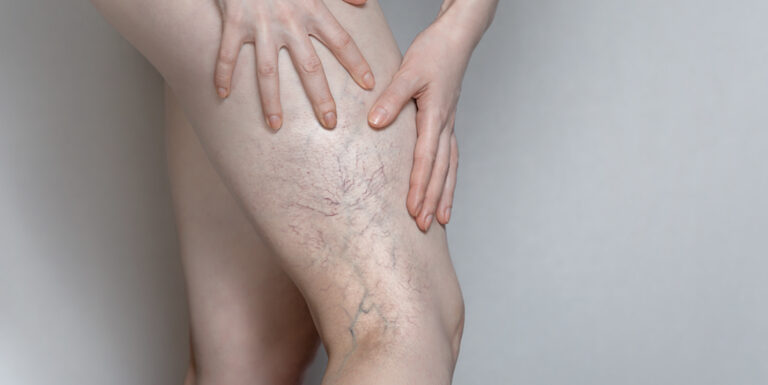What is Chronic Venous Disease?
Chronic venous disease (CVD) is a term that describes the visual abnormalities of veins in the lower legs and the abnormal functioning of veins in the lower limbs. The visual abnormalities are what individuals may describe as varicose veins or eczema whilst the abnormal functioning of the veins is what causes individuals to experience
symptoms like aching, heaviness in the legs, throbbing and restless legs especially towards the end of the day.
Chronic venous disease is quite common in the community. Estimates suggest that 60% of the population could have some form of CVD.
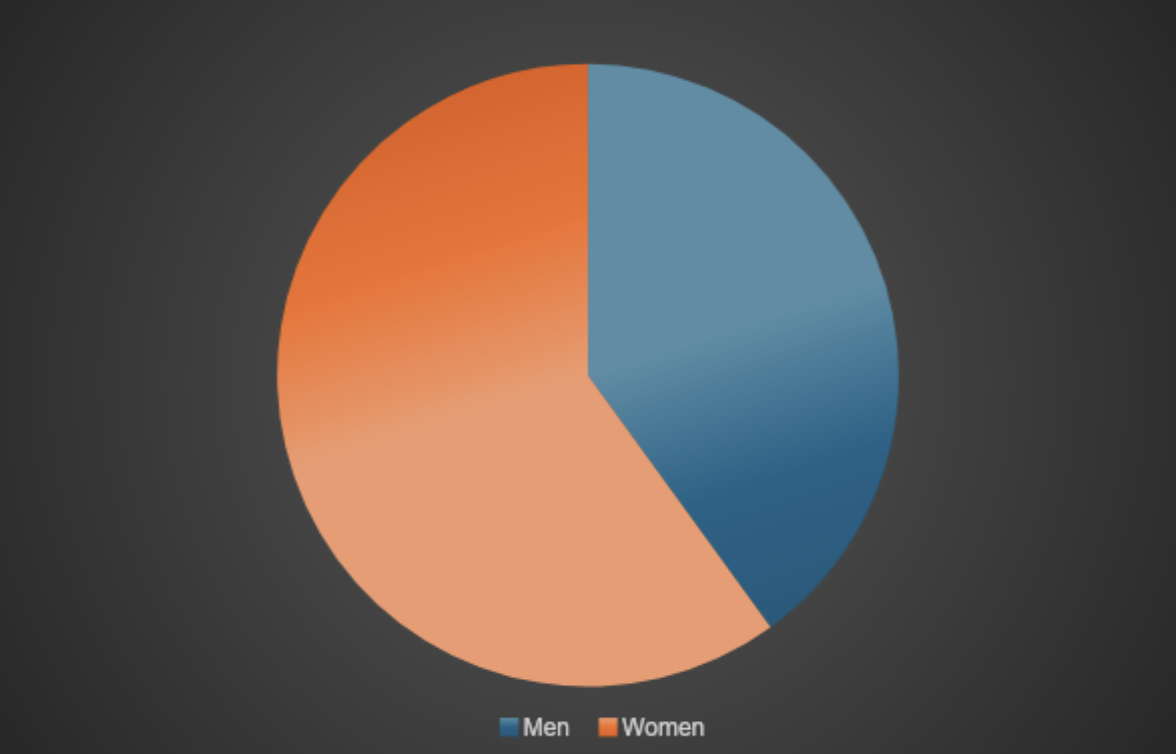
Women are more affected than men. Some studies have documented approximately 1 in every 3 women as being affected by a form of chronic venous disease and 1 in every 5 men as being affected by a form of Chronic venous disease.

Chronic venous disease exists on a spectrum. On one end of the spectrum, patients may experience mild symptoms and have small visible veins on the surface of the skin. On the other end of the spectrum, patients might have significantly enlarged tortuous varicose veins and venous ulcers.
It’s not uncommon for individuals to downplay the severity of their symptoms on account of fears of having to undergo surgery for their symptoms. If you are experiencing symptoms, it’s not a bad idea to consult with your doctor and seek a referral to see a vein doctor. Better outcomes are achieved through early diagnosis and non-surgical treatment.
Some of the common skin manifestations of Chronic venous disease include:
Lipodermatosclerosis
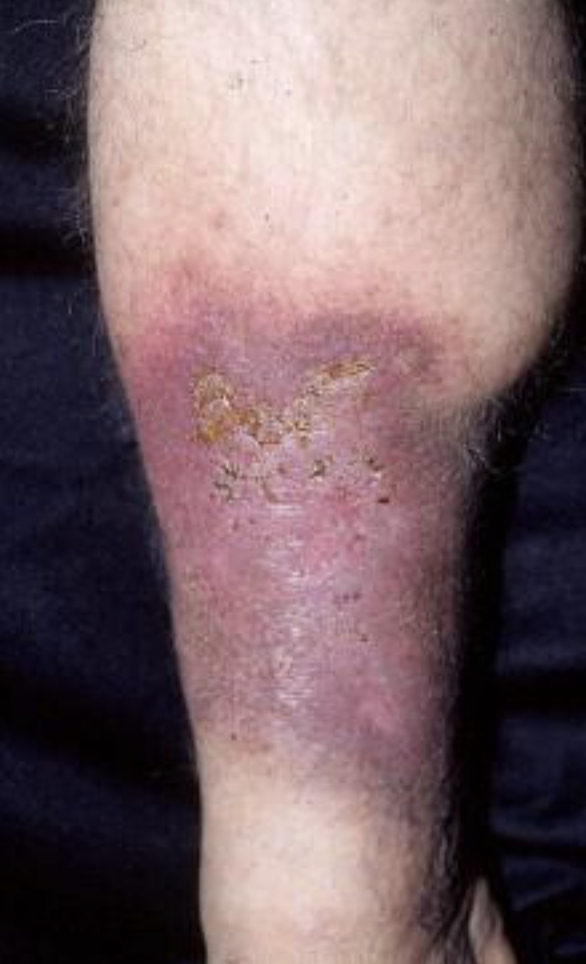
Atrophie Blanche
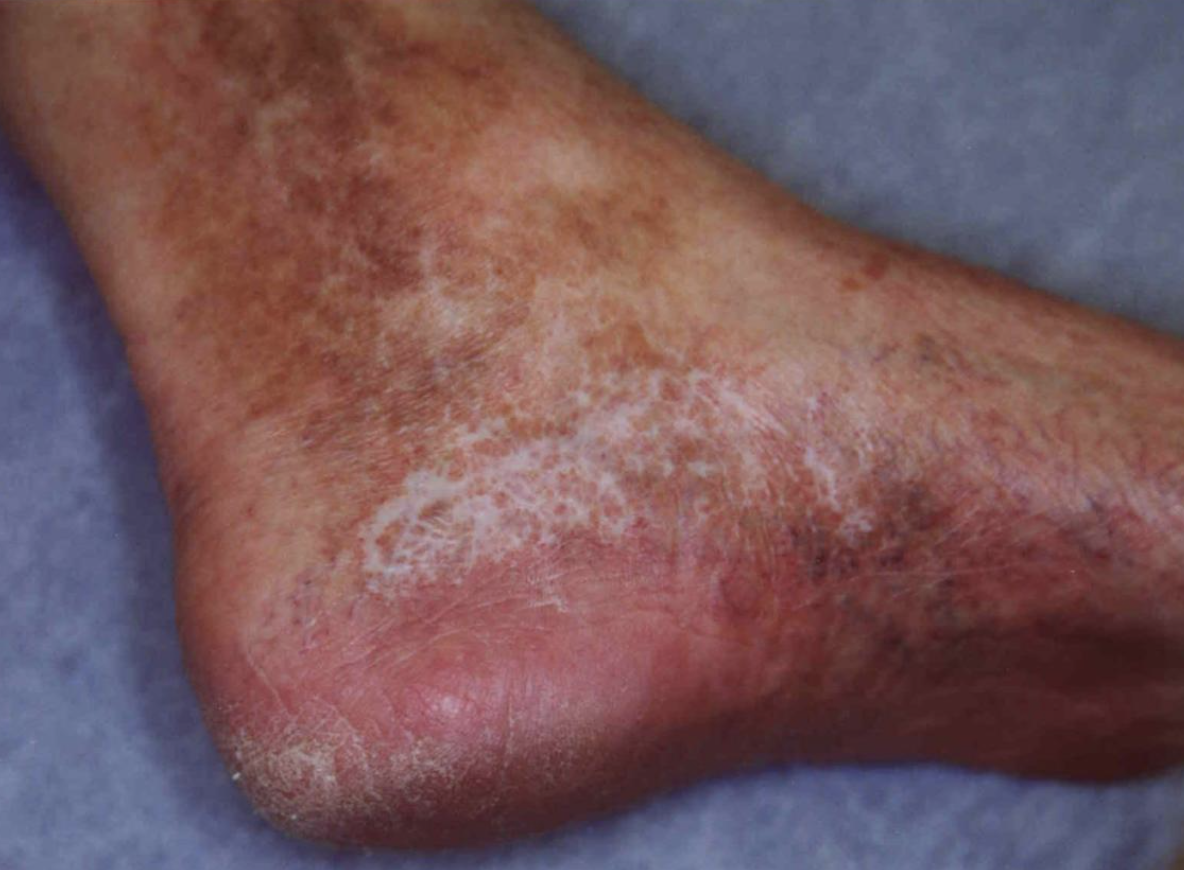
Venous eczema
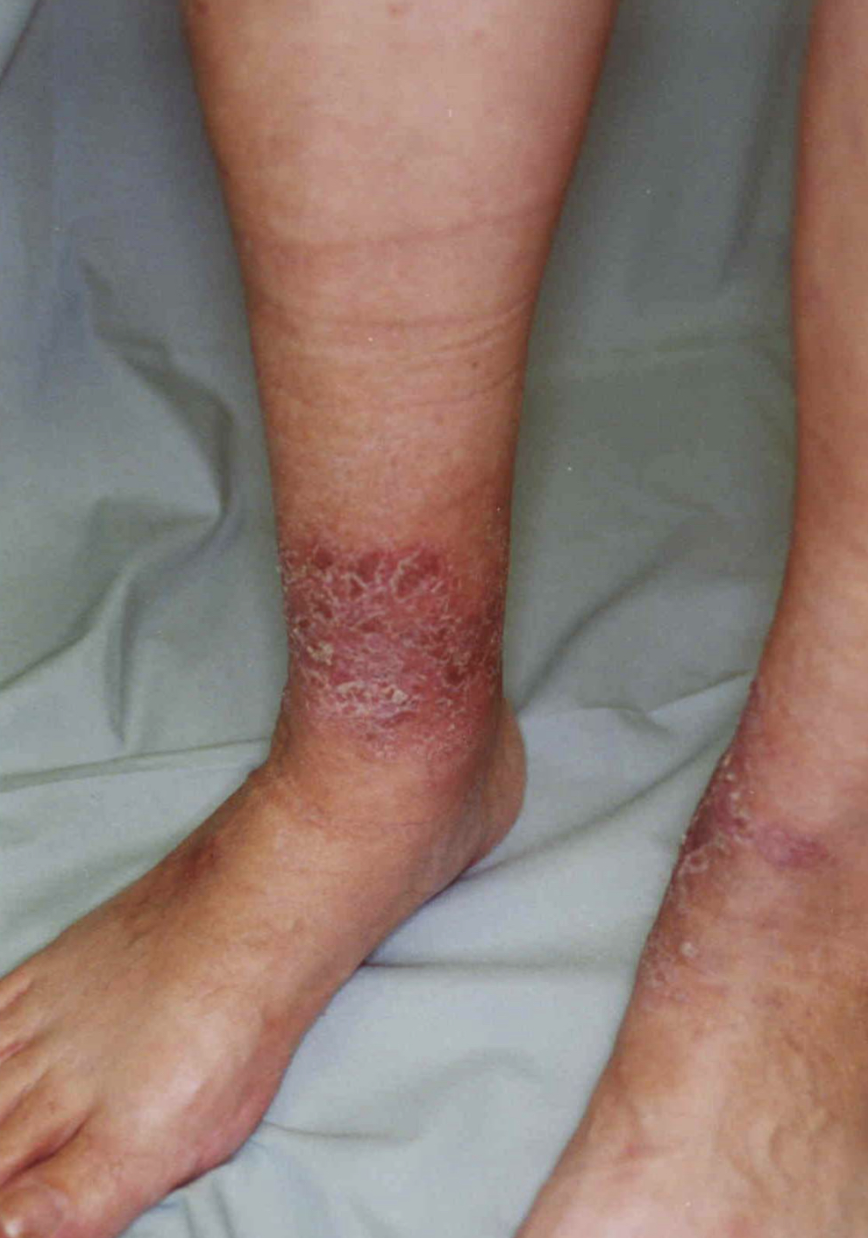
Corona phlebectatica
